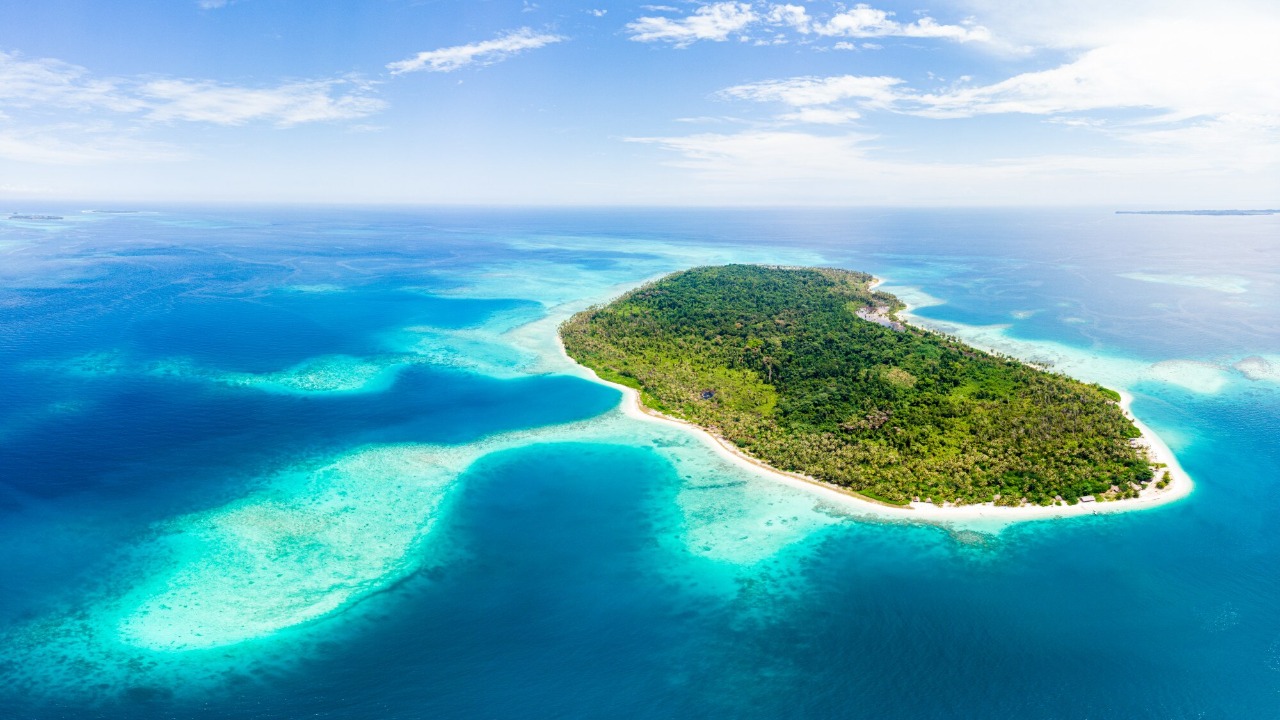
Islands have always held a certain allure, whether for their remote beauty or the mystery surrounding their formation. Some islands, however, have made headlines not for their timeless existence but for their surprising and sudden emergence.
Here, let’s delve into six such islands that appeared seemingly out of nowhere, captivating the attention of geologists and explorers alike.
Surtsey Island, Iceland
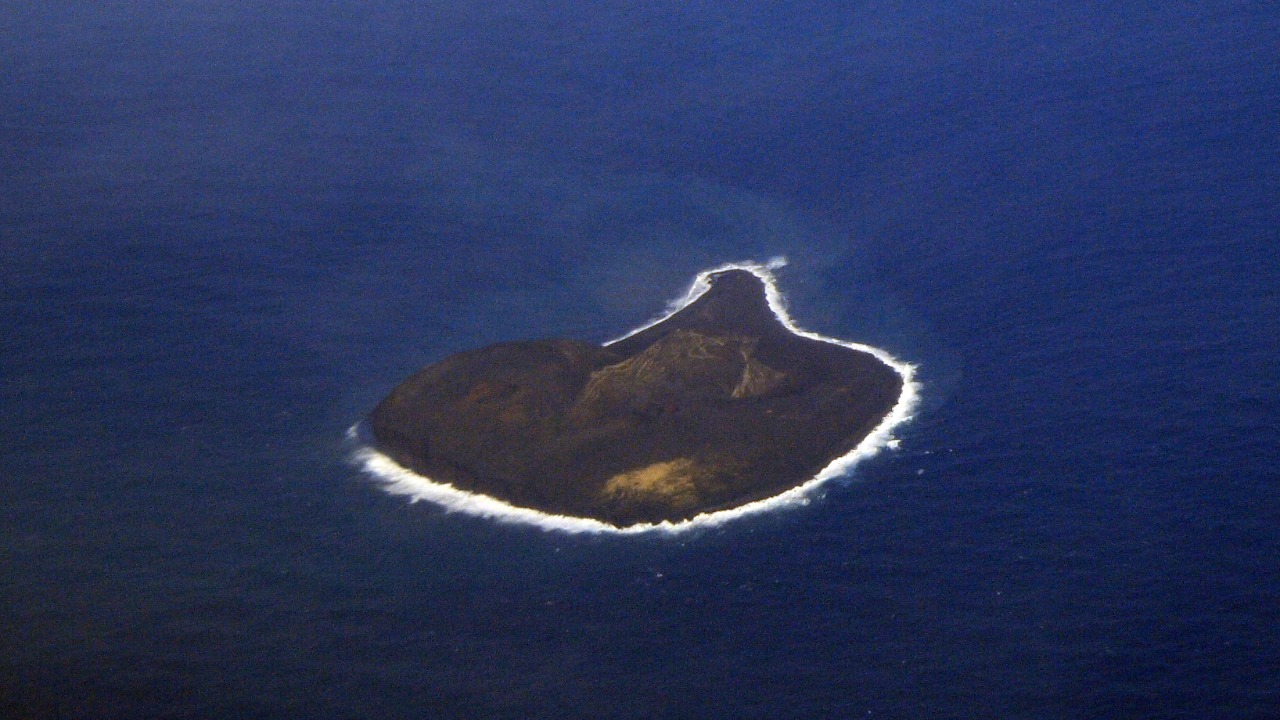
In November 1963, the volcanic island of Surtsey emerged from the North Atlantic Ocean off the coast of Iceland. The result of a powerful volcanic eruption, Surtsey became an instant natural wonder, providing scientists with a rare opportunity to study the colonization of new land by plant and animal life. This UNESCO World Heritage Site remains a protected area, accessible only to researchers who continue to uncover the secrets of its unique ecosystem.
For those curious about island formation, Surtsey serves as a living laboratory, offering insight into the processes that shape our planet. Its emergence has been captured in various scientific studies, drawing interest from around the globe.
Nishinoshima Island, Japan
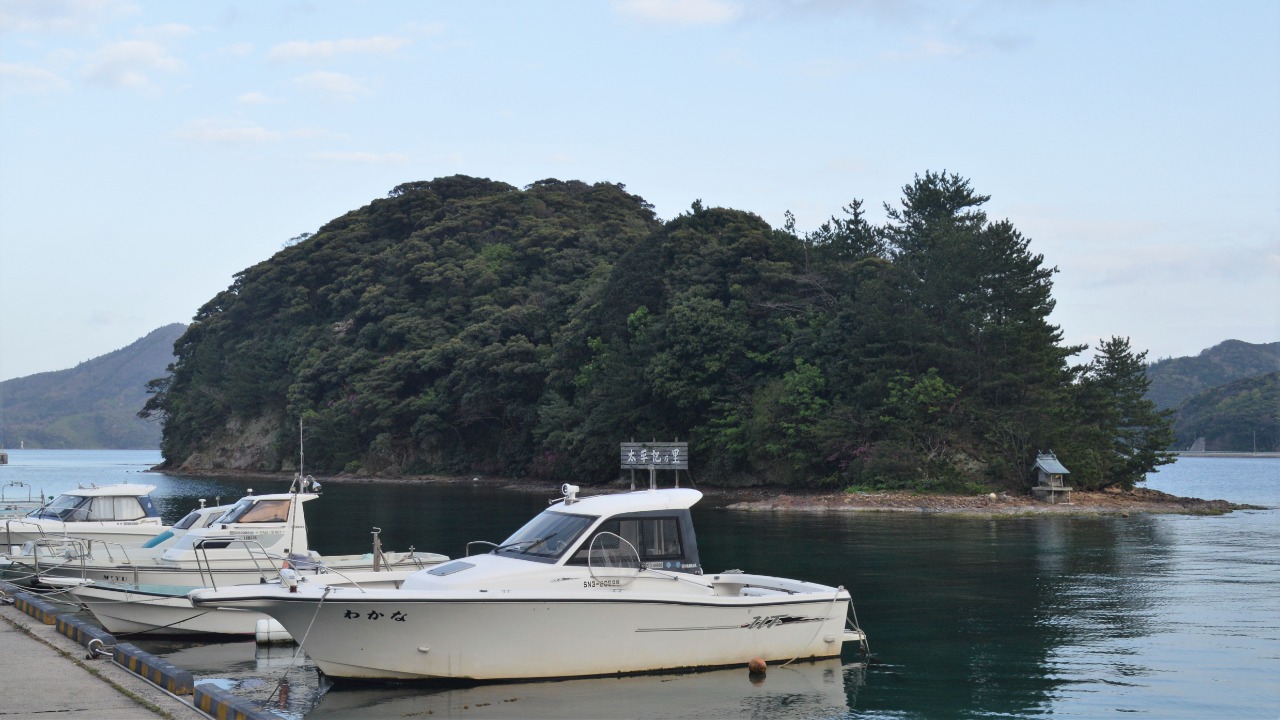
Nishinoshima, located in the Pacific Ocean, first appeared in 1973 and has undergone significant changes due to volcanic activity. After a period of dormancy, eruptions in 2013 expanded the island dramatically, merging it with the existing Nishinoshima and essentially doubling its size. This ongoing volcanic activity continues to reshape the island, making it an exciting subject for geologists and volcanologists.
This island’s growth is a testament to the dynamic nature of Earth’s geology. Its expansion has been documented in various academic articles, highlighting the fascinating interplay between natural forces and geographical transformation.
Hunga Tonga-Hunga Ha’apai, Tonga
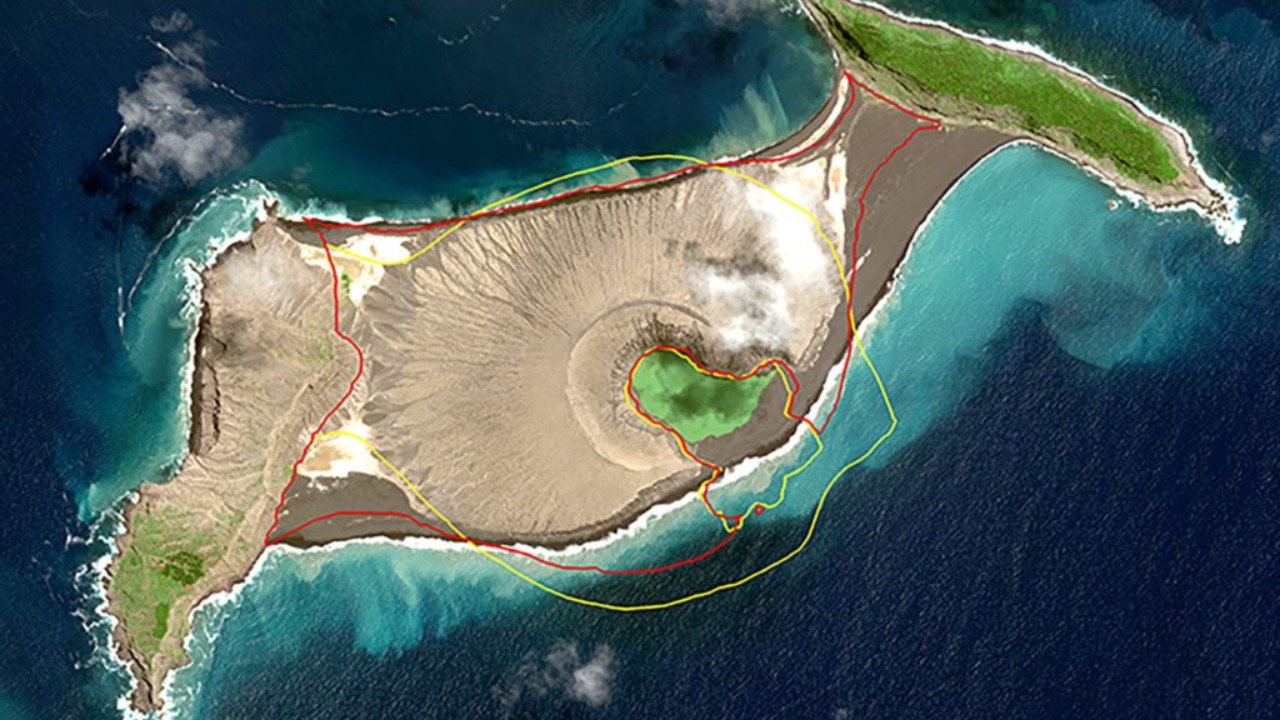
In December 2014, the eruption of an undersea volcano in the Kingdom of Tonga resulted in the formation of a new island between Hunga Tonga and Hunga Ha’apai. Initially expected to last just a few months, the island has defied predictions, persisting for several years. This unexpected longevity has provided scientists with a unique opportunity to study new land formation processes.
Hunga Tonga-Hunga Ha’apai’s resilience has sparked considerable interest, as documented in various environmental reports. The island’s unexpected endurance continues to intrigue those studying volcanic island formation.
Zalzala Koh, Pakistan

In 2013, a powerful earthquake off the coast of Pakistan led to the sudden appearance of Zalzala Koh, a mud island in the Arabian Sea. Although it emerged dramatically, the island’s existence was short-lived; it gradually eroded away due to wave action and harsh weather conditions. Scientists seized the brief opportunity to study this natural phenomenon, which highlighted the transient nature of such formations.
Zalzala Koh serves as a reminder of the powerful forces at play beneath the Earth’s surface and the ephemeral nature of some islands. The island’s brief existence is still a topic of discussion among geologists and environmentalists.
Home Reef Island, Tonga
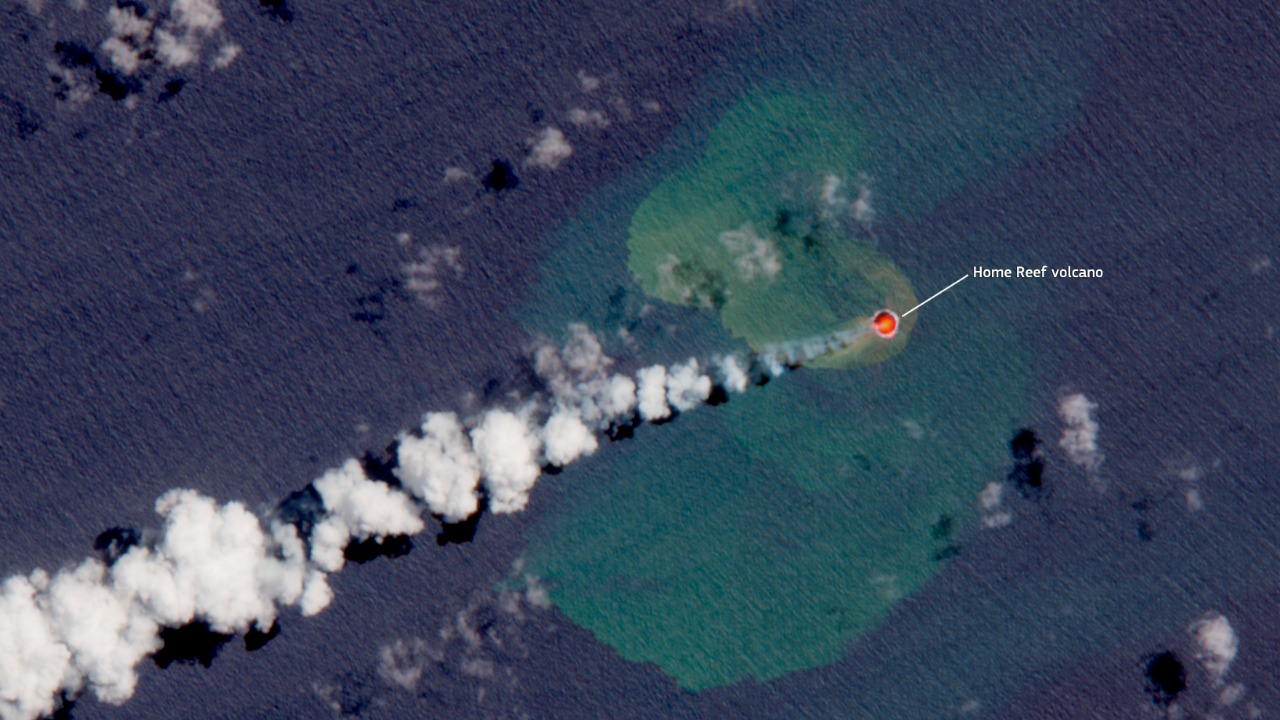
Home Reef, located in the South Pacific Ocean, is known for its volatile and dynamic nature. This island has appeared and disappeared multiple times due to ongoing volcanic activity. Its most recent emergence was in 2006, and it has since been a focal point for those studying volcanic island formation.
The island’s erratic behavior offers valuable insights into the life cycle of volcanic islands, capturing the attention of both scientists and adventurers. This ongoing geological phenomenon continues to be monitored closely by researchers.
Ferdinandea Island, Italy
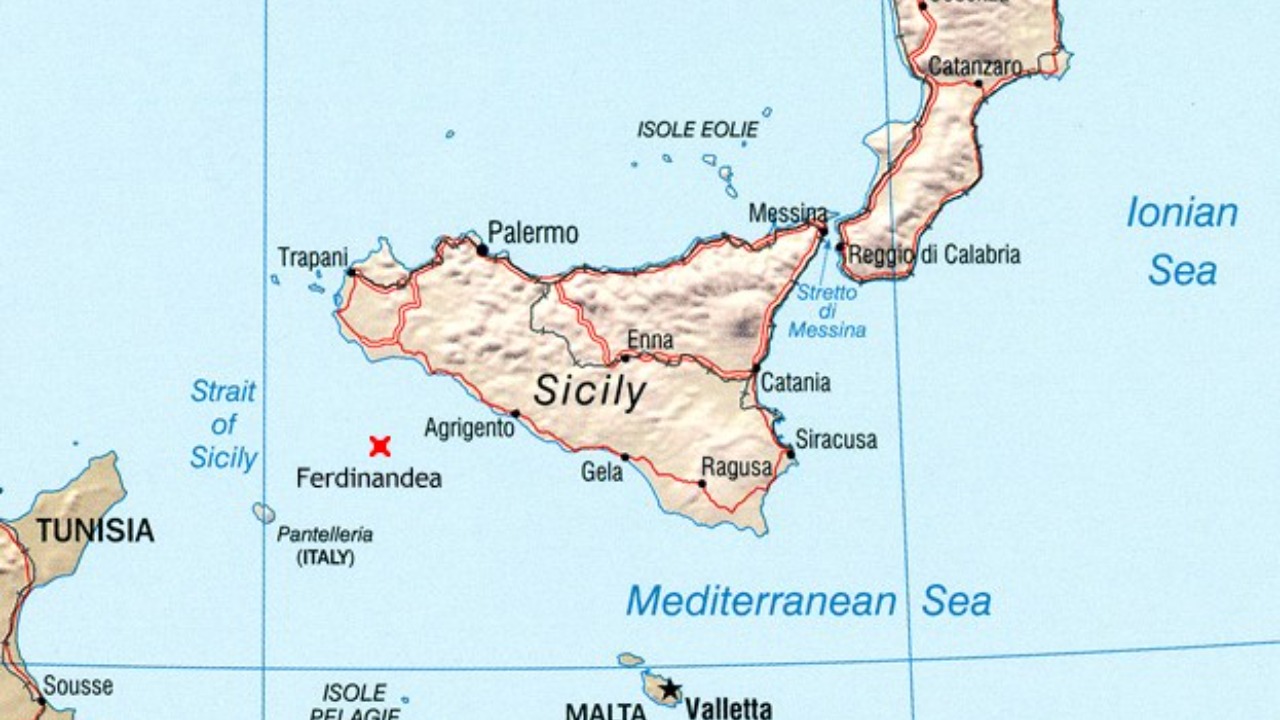
Ferdinandea Island, also known as Graham Island, has a history of appearing and disappearing in the Mediterranean Sea. First emerging in 1831 following a volcanic eruption, the island quickly became a point of international interest. However, within a few months, it succumbed to erosion and vanished beneath the waves.
Despite its brief appearances, Ferdinandea remains a point of fascination for historians and geologists. The island’s history is documented in several accounts, and its potential re-emergence continues to be a subject